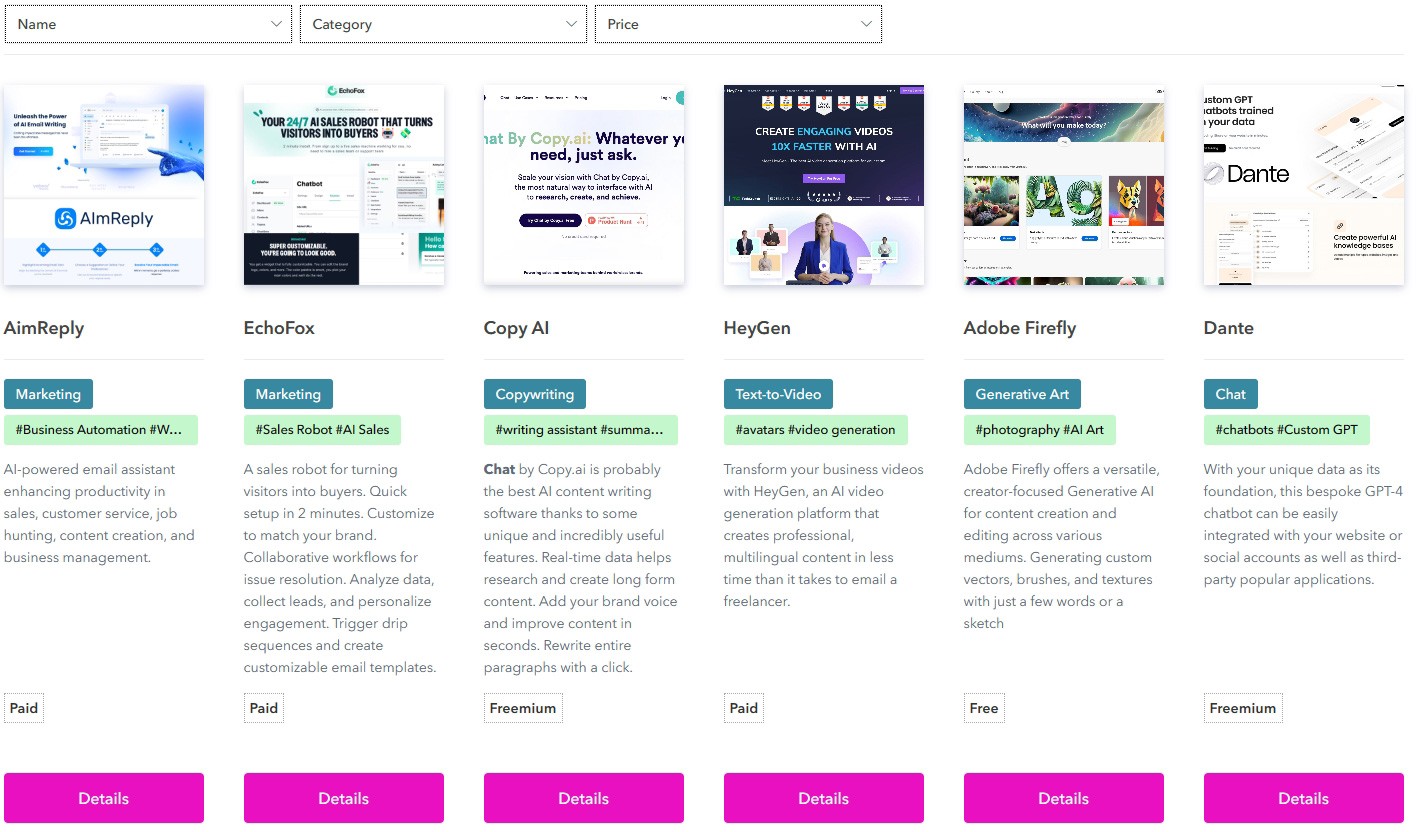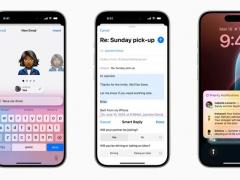After months of speculation, Apple finally unveiled Apple Intelligence at WWDC 2024 this June. The announcement came amidst a wave of generative AI updates from industry giants like Google and OpenAI, stirring concerns that Apple might have fallen behind in the latest tech trend.
Defying these worries, Apple had quietly assembled a team to work on a distinctly Apple take on artificial intelligence. While the presentation had its share of flashy moments—Apple loves a good show—Apple Intelligence is ultimately a practical approach to AI.
Apple Intelligence, also known as AI, isn’t a standalone feature. Instead, it integrates into Apple’s existing offerings. Although it is partly a branding effort, this large language model (LLM)-driven technology will work behind the scenes. For consumers, it will appear as new features within existing apps.
Apple's marketing team has dubbed Apple Intelligence “AI for the rest of us.” The platform leverages generative AI's strengths, like text and image generation, to enhance existing features. Similar to ChatGPT and Google Gemini, Apple Intelligence was trained on extensive datasets using deep learning to connect various forms of media, including text, images, video, and music.
The text capabilities, powered by the LLM, appear as Writing Tools. This feature is available across multiple Apple apps such as Mail, Messages, Pages, and Notifications. It can summarize lengthy texts, proofread, and even compose messages using content and tone prompts.
Image generation is also part of the package, albeit less seamlessly integrated. Users can prompt Apple Intelligence to create custom emojis, or “Genmojis,” in Apple’s distinctive style. Image Playground is a standalone app that generates visual content based on prompts, which can be used in Messages, Keynote, or shared on social media.
Apple Intelligence also brings a significant update to Siri. Although Siri was an early player in the smart assistant arena, it has been somewhat neglected in recent years. The new Siri is deeply integrated into Apple’s operating systems, featuring a glowing light around the edge of the iPhone screen when active. More importantly, Siri now works across apps, enabling tasks like photo editing and inserting images directly into text messages, offering a smoother user experience. Siri’s onscreen awareness uses the context of current content to provide relevant responses.
Who gets Apple Intelligence and when? It’s early to judge the effectiveness of these features. Although the latest Apple operating systems entered public beta this week, Apple Intelligence isn’t fully operational yet. Apple was compelled to discuss it in June to quell concerns about their generative AI plans and to give developers a head start.
While we saw demos at WWDC, the beta of Apple Intelligence won’t be available until the fall. Coincidentally, this is also when the public versions of iOS/iPadOS 18 and Mac Sequoia will be released. The feature will be free for users with the following devices:
- iPhone 15 Pro Max (A17 Pro)
- iPhone 15 Pro (A17 Pro)
- iPad Pro (M1 and later)
- iPad Air (M1 and later)
- MacBook Air (M1 and later)
- MacBook Pro (M1 and later)
- iMac (M1 and later)
- Mac mini (M1 and later)
- Mac Studio (M1 Max and later)
- Mac Pro (M2 Ultra)
Only the Pro versions of the iPhone 15 will have access initially due to chipset limitations in the standard models. It’s expected that the entire iPhone 16 line will support Apple Intelligence upon release.
Private Cloud Compute Apple has adopted a bespoke approach to training small models. Instead of a comprehensive approach like GPT and Gemini, Apple has curated in-house datasets for specific tasks, such as composing emails. This makes many tasks less resource-intensive and capable of being performed on-device.
However, more complex queries will utilize the new Private Cloud Compute. Apple now operates remote servers powered by Apple Silicon, promising the same privacy level as its consumer devices. Users won’t notice whether an action is performed locally or in the cloud, except when offline, where remote queries will fail.
Apple Intelligence with third-party apps There was much anticipation about Apple’s partnership with OpenAI before WWDC. Ultimately, the partnership is less about powering Apple Intelligence and more about offering an alternative platform for tasks outside its scope. It’s an acknowledgment that small-model systems have limitations.
Apple Intelligence is free, as is ChatGPT access. However, paid ChatGPT users will access premium features, which may drive more users to the thriving generative AI platform.
Apple plans to partner with more generative AI services, with Google Gemini likely next on the list.







